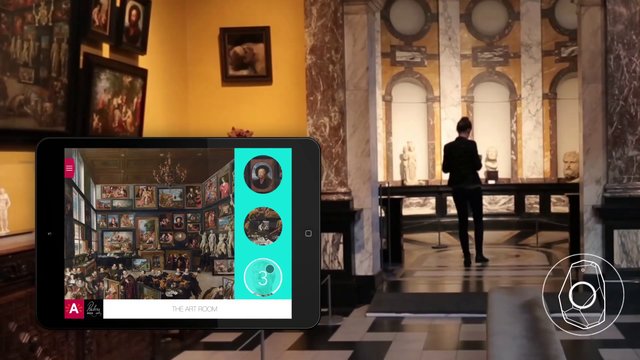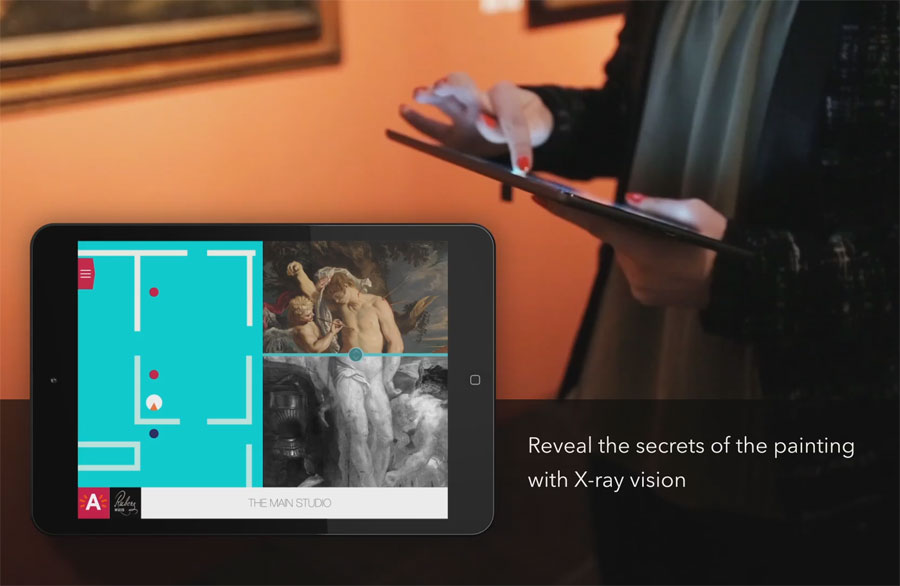

Antwerp's Peter Paul Rubens Museum is making use of Apple's indoor positioning technology, iBeacon, to bring an augmented reality experience to exploring art history.
Visitors can download an app, built by digital agency Prophets, which will send push notifications to the user's smart device as they walk through the gallery. Insights into the history of the pieces are shown on the screen, from the original painting, to a 19th century photograph, through to the final restoration.
iBeacon points can be installed throughout an indoor space and, using a combination of GPS and Bluetooth, can pinpoint the visitor's location and even give them a specific route to take based on particular themes, artists or movements.
The device allows for a fairly simple approach to bridging the real world and the digital, but Prophet believes there are more opportunities to using indoor positioning, including tailoring physical content for whatever reason, for example, suiting it to the individual's interests or making learning interactive for children, by design.
This particular application is a working prototype, but Musea Antwerpen is looking into the feasibility of introducing iBeacon to all of its museums.
Public, digital, interactive installations are just beginning to really find their feet but have been picking up as the connected world moves apace. For example, Pop Pop is a 'living' traffic signal in New York City uses a feed of real time data to engage with pedestrians, encouraging human participation with technology. Augmented reality promised us the world when the first smart devices hit the market but was slow to take off. However, with more capable processing power, applications are starting to bubble up, such as a Sony-led Augmented Reality Music Festival' last year.



